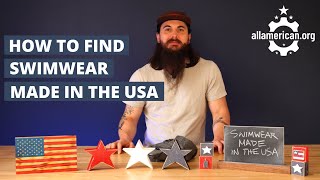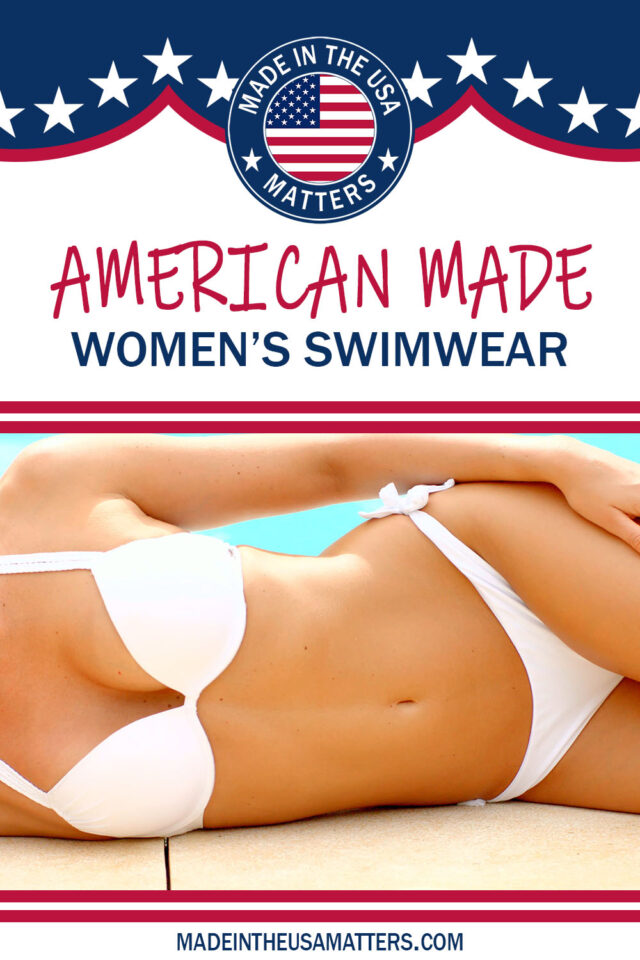Content Menu
● Introduction
● Understanding the OEM Process
● Sourcing Tips for Manufacturers
● Evaluating Quality of Manufacturers
● Conclusion
>> Related Questions and Answers
>> 1. What are the typical costs associated with OEM swimwear production?
>> 2. How do I choose a manufacturer with sustainable practices?
>> 3. What are the legal considerations for OEM swimwear production?
>> 4. How can I ensure quality control during production?
>> 5. What should I include in a manufacturing agreement?
Introduction
Finding a reliable US swimwear manufacturer for OEM services can be a daunting task, especially with the myriad of options available. This guide aims to simplify the process by providing comprehensive insights into sourcing, evaluating quality, and understanding the OEM process.

Understanding the OEM Process
1. Definition and Importance:
- OEM, or Original Equipment Manufacturer, refers to companies that produce parts or products for another company to sell under its own brand. In the swimwear industry, this means designing and producing swimwear that meets specific brand requirements.
- Importance: OEM services allow brands to focus on marketing and sales while leaving production to experts.
2. Steps in the OEM Process:
- Design and Prototyping: Collaborate with the manufacturer to create designs and prototypes. This stage involves selecting materials, colors, and styles.
- Sample Approval: Once prototypes are made, they are reviewed and approved. This step ensures that the final product meets the brand's standards.
- Production: After approval, the manufacturer begins mass production. This stage requires close communication to ensure timelines and quality standards are met.
- Quality Control: Implementing strict quality control measures to ensure each piece meets the required standards.
- Logistics and Delivery: Coordinating the shipment and delivery of the finished products.

Sourcing Tips for Manufacturers
1. Research and Networking:
- Use industry directories and trade shows to find potential manufacturers. Websites like ThomasNet and Maker's Row are excellent starting points.
- Networking with industry professionals can provide recommendations and insights into reputable manufacturers.
2. Evaluating Manufacturer Capabilities:
- Assess the manufacturer's experience in producing swimwear. Look for a portfolio of past work and client testimonials.
- Check if they have the necessary certifications and compliance with industry standards.
3. Cost Considerations:
- Understand the pricing structure, including minimum order quantities (MOQs), sample costs, and production costs.
- Negotiate terms that align with your budget and production needs.

Evaluating Quality of Manufacturers
1. Quality Assurance Practices:
- Investigate the manufacturer's quality assurance processes. This includes their approach to material selection, production techniques, and final inspections.
- Request samples to evaluate the quality firsthand.
2. Sustainability and Ethical Practices:
- Consider manufacturers that prioritize sustainable and ethical practices. This includes using eco-friendly materials and ensuring fair labor practices.
- Certifications like OEKO-TEX and Fair Trade can be indicators of a manufacturer's commitment to sustainability.
3. Communication and Support:
- Effective communication is crucial. Ensure the manufacturer is responsive and willing to collaborate closely throughout the process.
- Evaluate their customer support and problem-solving capabilities.

Conclusion
Finding a reliable US swimwear manufacturer for OEM services involves thorough research, careful evaluation, and clear communication. By understanding the OEM process, sourcing effectively, and evaluating quality, brands can establish successful partnerships that lead to high-quality swimwear products.
Related Questions and Answers
1. What are the typical costs associated with OEM swimwear production?
- Costs can vary based on design complexity, materials, and order quantities. It's essential to discuss all potential costs upfront with the manufacturer.
2. How do I choose a manufacturer with sustainable practices?
- Look for certifications like OEKO-TEX and Fair Trade, and inquire about their material sourcing and labor practices.
3. What are the legal considerations for OEM swimwear production?
- Ensure all contracts clearly outline terms, including intellectual property rights, confidentiality agreements, and quality standards.
4. How can I ensure quality control during production?
- Implement regular inspections and request detailed reports from the manufacturer. Consider hiring a third-party quality control service if necessary.
5. What should I include in a manufacturing agreement?
- Key elements include production timelines, payment terms, quality standards, and dispute resolution procedures.



































































